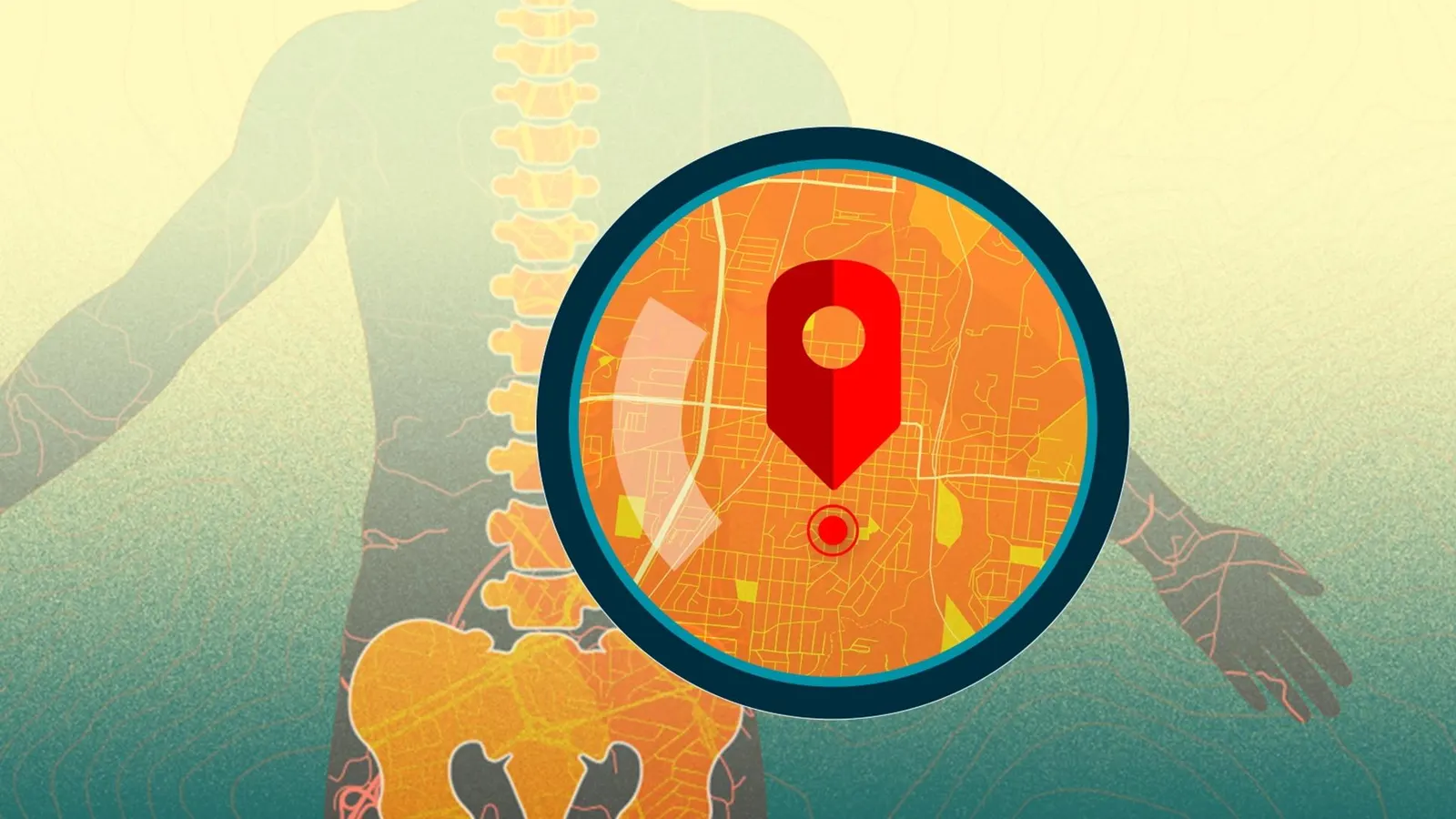Copyright forbes

The role of mapping and analytics as a strategy for business growth is demonstrated by one chiropractic clinic that expanded to nearly 1,000. What started as a single chiropractic clinic in Arizona is now the largest provider of chiropractic care in the US—with nearly 1,000 clinics across 41 states and the District of Columbia. How did this fast-growing franchise business scale to become a national leader? The answer is maps. Not for driving directions, but for directing decisions. Executives and franchisees use sophisticated mapping and analytics, powerful enough to take the guesswork out of expansion decisions for one, dozens, or hundreds of locations. By mapping and analyzing anonymized patient data, they can answer critical questions: Who are our patients, and what behaviors best describe them? Where do they live, work, and commute? What characteristics shape their neighborhoods? Looking at this information on a map, patterns emerge. Business data becomes actionable intelligence. And those insights guide everything from identifying the best customer segments to replicate for new site selection to targeted marketing strategies. It’s business intelligence with a geographic edge. It’s location intelligence. In today’s data-driven marketplace, it’s a necessity. The company’s story is impressive, but not unique. Across industries, forward-thinking companies are discovering that virtually every strategic decision has a spatial dimension. Whether it’s choosing the most profitable locations, predicting weather events to mitigate risk, or optimizing supply chain visibility, the question of “where” underpins all other considerations. MORE FOR YOU The location intelligence gained through mapping and analytics unlocks fresh ways of thinking about markets, customers, operations, risks, and competitors. By integrating this with platforms like SAP, Salesforce, and Microsoft, businesses make their existing BI data and systems even more powerful. Franchise teams can tailor advertising based on local commuting patterns and technology preferences. They can identify ideal customer personas and match them to promising markets. In the Southwest, visibility and brand familiarity drive foot traffic. In urban areas like New York City, the company targets different demographics—urban millennials, for example—and uses mapping and analytics to precision tune its outreach. Location data also fortifies the formula used to calculate ROI potential for each clinic based on variables like population, patient member visits, and penetration rate. The result? A franchise model that scales growth with confidence. “We can be highly precise in determining where we need to go in terms of a trade area because we are identifying areas with enough density of prospective patients that mirror some of our best patients we are already servicing,” said one company executive. “It is truly a scientific approach to real estate.” This level of in-depth analytics reflects a broader shift in how organizations are operating. We’re moving from the Information Age—where data became abundant and commodified—to the Intelligence Age, where value lies in turning data into understanding and action. By 2030, the number of connected devices worldwide is expected to exceed 40 billion. That’s 40 billion devices accessing trillions of gigabytes of data. But more data doesn’t automatically mean better decisions. Intelligence comes from using that data to gain context, clarity, and connection across the business enterprise. It’s why technologies like mapping and analytics are becoming even more critical. All that data can be organized in the context of location, then analyzed for clarity and insightful connections. Those connections can be shared enterprise-wide, democratizing business intelligence so more people across an organization can make smarter, faster decisions. Top organizations worldwide are tackling their biggest business challenges this way. -At the world’s second-largest real estate brokerage by revenue, over 3,000 professionals create data-rich maps that enhance client presentations and analysis. -A major design and engineering firm makes its infrastructure data more accessible —supporting faster decisions in areas like solar site selection and urban planning. -A convenience store chain propels its remarkable growth plans, operating 23,000 stores and keeping a consistent pace to open more than 1,000 annually. History is marked by breakthroughs that reshaped how we share and consume information: the printing press, the internet, smartphones. Each innovation democratized access to knowledge, reshaping economies and industries. Leading business organizations are making another leap, guided by mapping and analytics. And as this successful franchise story shows, those who embrace location intelligence today are shaping the future of business. To learn more about how powerful maps, insightful data, and ready-to-use analytics can help advance business intelligence to gain a competitive advantage, visit esri.com/en-us/cp/enrich-business-intelligence-with-location. Editorial StandardsReprints & Permissions



